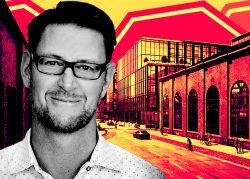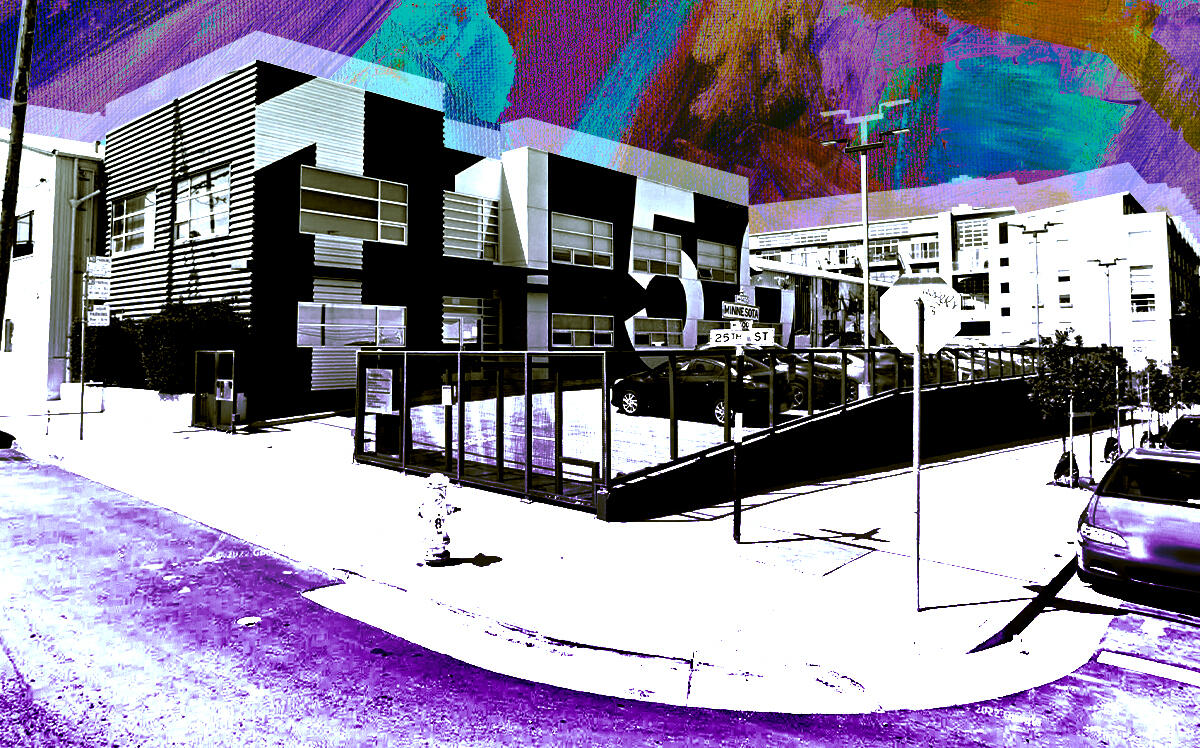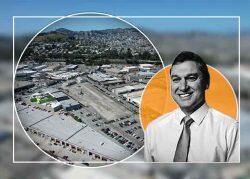 Brookfield pauses $3.5B mixed-use project on Pier 70
Brookfield pauses $3.5B mixed-use project on Pier 70
Trending
Fortress Investments buys art hub in SF’s Dogpatch
Redeveloping neighborhood surrounds 37K sf industrial building on 1.2 acres

Fortress Investments has made a $25 million bet on a redeveloping area of San Francisco, buying a warehouse-style building that hosts several art galleries, according to public records.
The Texas branch of the global investment group purchased 1150 25th Street in the city’s Dogpatch neighborhood for just under $25 million in early June. Since 1999, it has been owned by Trinity LLC, which is affiliated with a commercial electrical contractor in the city called Edward W. Scott Electric Company. Neither the electric company nor Fortress responded to a request for comment about the sale.
The two-level building sits on two parcels that add up to 1.2 acres at the corner of 25th and Indiana streets. It has more than 37,000 square feet, which is rented out to several art galleries through the Minnesota Street Project. The arts group runs programs out of three converted warehouses in the neighborhood. Two are gallery spaces and one is an artist studio program; all have their street addresses emblazoned across their industrial facades.
The building at 1150 25th Street is divided; MSP’s offices are in Building A and Building B has three gallery spaces: Altman Siegel, McEvoy Foundation for the Arts and Slash. MSP did not respond to a request for comment about how it might be impacted by the sale.
There are many arts organizations and galleries in the neighborhood east of Potrero Hill and south of Mission Bay. Like the latter neighborhood, the Dogpatch was a longtime industrial area that thrived when the Central Waterfront was a hub for the shipbuilding and shipping industries. After the end of World War II, jobs dried up, people moved away and the area fell into neglect and disrepair.
Artists arrived in the area in the 1970s, drawn by the low prices and desire to fix up some of the oldest housing stock in the city as the neighborhood’s removed location spared its ornate Victorians from the fires caused by the 1906 earthquake. By the 1990s, redevelopment had begun in earnest and today the area is home to a mix of art galleries, tech companies, trendy restaurants and loft-style apartments.
More change is on the way. In 2020, the 29-acre Potrero Power Station Mixed-Use Project was approved by the city and “will open a large portion of the City’s Central Waterfront to the public for the first time in 150 years,” according to the city’s Planning Department. The project will feature a 3-acre waterfront park, more than 2,500 housing units and 1.8 million square feet of commercial space. The project is just one of several large-scale developments in the city’s Central Waterfront Area Plan, which also includes a partnership between Brookfield and the Port of San Francisco to turn the historic shipyard at Pier 70 into “a real estate and operational creative platform for innovation and cross pollination across technology, arts, making and design to create a best-in-class mixed-use district,” according to Brookfield.
The developer had already spent almost $240 million on the $3.5 billion project before it hit pause this past spring, citing “ongoing economic impacts of the pandemic and construction costs on the viability of vertical development.” It vowed to continue the project when it makes financial sense to do so.
Read more
 Brookfield pauses $3.5B mixed-use project on Pier 70
Brookfield pauses $3.5B mixed-use project on Pier 70
 Goodman North American closes biggest industrial deal in SF this year
Goodman North American closes biggest industrial deal in SF this year




